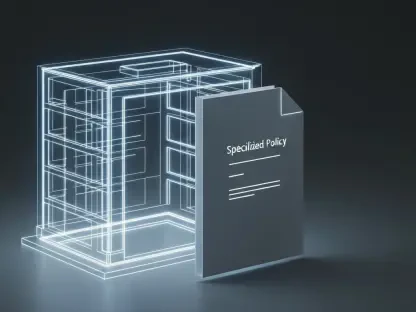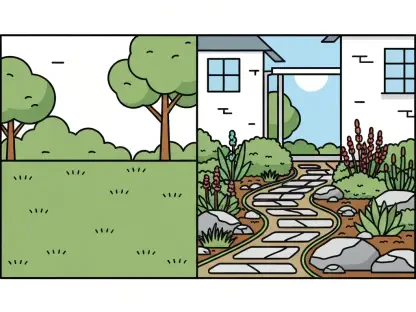Economic developments and evolving consumer preferences are significantly influencing the U.S. roofing shingles market. With projections showing the market will reach $10.36 billion by 2030, understanding the factors driving this growth is essential for stakeholders. This analysis delves into market trends, data, and future predictions, offering a comprehensive examination of current patterns and projected outcomes.
Context and Importance of Market Analysis
The U.S. roofing shingles market is experiencing substantial growth driven by increased residential construction, technological advancements, and regional dynamics. Identifying these factors and understanding their impact provides valuable insights for industry players aiming to capitalize on emerging opportunities. This analysis aims to shed light on key trends and future forecasts, emphasizing the strategic implications for market participants.
Detailed Examination of Market Trends
Regional Dynamics and Construction Activities
Regional construction activities are pivotal to the U.S. roofing shingles market’s growth. The southern region is at the forefront, benefiting from rapid population growth and extensive construction projects in the housing, real estate, tourism, and hospitality sectors. In contrast, the western region boasts a robust growth rate of over 5.5% CAGR, thanks to its dynamic economy and diverse industry demands. Meanwhile, the Midwest and Northeast regions contribute significantly, with substantial roofing activities in states like Ohio and Michigan, boosting the residential and hospitality sectors.
Technological Advancements and Product Innovation
Technological strides in manufacturing techniques are revolutionizing the roofing shingles market. Leading companies like Owens Corning and GAF Materials LLC are leveraging advanced production methods to improve product durability and performance. Solar shingles, combining energy efficiency with modern aesthetics, are gaining popularity despite higher installation costs. This focus on innovation and technology is essential to meet the growing demand for high-quality roofing solutions and keep pace with consumer preferences.
Impact of Residential Construction and Renovation Activities
Residential construction remains a primary engine of market expansion, with spending expected to reach $944.4 billion. This growth is propelled by significant increases in housing starts and building permits, although challenges such as high mortgage rates and skilled labor shortages persist. Re-roofing and renovation activities, driven by aging buildings and weather-related damages, further amplify demand for roofing shingles. Companies like Atlas Roofing Corporation and TAMKO Building Products are central to addressing these market needs, enabling substantial industry growth.
Market Forecasts and Future Predictions
Emerging trends and technological advancements are shaping the future of the U.S. roofing shingles market. The shift towards energy-efficient and aesthetically pleasing solar shingles indicates a movement towards sustainable roofing options. Enhanced manufacturing technologies promise improved durability and performance, catering to modern consumer demands. Economic factors and potential regulatory changes will also significantly influence the market landscape. Expert forecasts suggest continued growth in residential construction and re-roofing activities, alongside increased adoption of advanced roofing solutions.
Strategic Implications for Market Stakeholders
From this analysis, several strategic insights arise for market participants. Investing in durable, energy-efficient roofing products is crucial to capitalize on market growth. Companies should prioritize expanding manufacturing capabilities and embracing innovative production methods. Understanding regional dynamics, particularly in the southern and western U.S., offers opportunities for targeted market expansion. Addressing challenges like skilled labor shortages and installation costs through strategic planning and investment is vital for sustained growth.
Key Takeaways and Future Considerations
Reflecting on the findings, the U.S. roofing shingles market is projected to attain significant growth, reaching $10.36 billion by 2030. A combination of regional construction activities, technological advancements, and evolving consumer preferences accounts for this upward trajectory. Industry stakeholders must focus on innovation and adaptability to maintain long-term success. This analysis underscores the importance of aligning business strategies with market trends and consumer expectations. The topic’s significance endures as part of broader shifts in the construction industry and consumer behavior, highlighting actionable steps toward a viable future.









